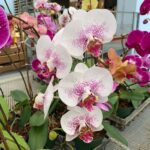

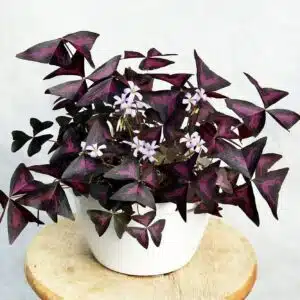
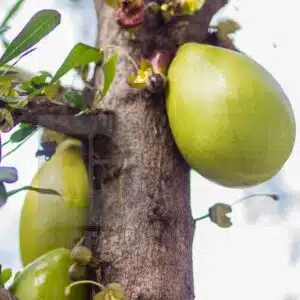
Moon Orchids (Phalaenopsis amabilis) live plant 12″ inches
$80.00 Original price was: $80.00.$49.99Current price is: $49.99.
The Exotic Moon Orchid, scientifically known as **Phalaenopsis amabilis**, is one of the most admired and well-known orchid species in the world. Native to Southeast Asia, the Philippines, and northern Australia, this elegant orchid is celebrated for its striking beauty and long-lasting, moon-like blooms that have made it a favorite among orchid enthusiasts and gardeners.
The Moon Orchid is an epiphytic plant, meaning it naturally grows on trees or other surfaces in the wild, rather than in soil. The plant typically produces long, arching flower spikes that can bear multiple blooms, each lasting several weeks to months under the right conditions. The flowers are typically large, measuring about 3 to 5 inches in diameter, with broad, rounded petals and a delicate fragrance. The color of the blooms is usually white or pale shades of pink, with a yellow or orange lip in the center, resembling the glow of the moon—hence the name “Moon Orchid.”
Phalaenopsis amabilis plants are often characterized by their thick, fleshy, dark green leaves that grow in a rosette pattern. The leaves can grow up to 10 inches long and provide a lush, tropical appearance even when the plant is not in bloom. The roots of the Moon Orchid are thick and covered with a spongy tissue called velamen, which absorbs moisture and nutrients from the air and the surfaces the plant clings to.
Moon Orchids are prized for their ease of care and their ability to bloom multiple times a year, often making them a popular choice for home cultivation and ornamental displays. They thrive in warm, humid environments and prefer indirect light, making them suitable for indoor growing conditions. A typical temperature range of 65°F to 80°F (18°C to 27°C) is ideal, and these orchids do well in bathrooms, kitchens, or other spaces with high humidity.
When cultivating Phalaenopsis amabilis, it is important to use a well-draining orchid mix, such as bark or sphagnum moss, rather than traditional potting soil. The plant’s epiphytic nature means its roots need air circulation and should not be waterlogged. Watering should be done sparingly, allowing the potting medium to dry out between waterings. Overwatering can lead to root rot, a common issue for orchids.
Phalaenopsis amabilis can be propagated through keikis (baby plants that develop on the flower spike) or by dividing the plant when it becomes large enough. Repotting is typically done every two to three years to refresh the potting medium and to accommodate growth.
One of the most appealing aspects of the Moon Orchid is its long-lasting blooms, which can provide color and elegance for extended periods. The flowers are often used in weddings, floral arrangements, and as ornamental houseplants due to their graceful and sophisticated appearance.
In conclusion, the Exotic Moon Orchid (Phalaenopsis amabilis) is a strikingly beautiful and relatively easy-to-care-for orchid species. Its moon-like blooms, long flowering periods, and adaptability to indoor environments make it a beloved choice for orchid enthusiasts and gardeners alike. With proper care and attention, this elegant orchid can provide years of enjoyment and add a touch of tropical beauty to any home or garden.
| Weight | 10 oz |
|---|---|
| Dimensions | 22 × 4 × 4 in |
| Planting Bag + Soil |
Planting bag + Soil ,I have soil and container |
Related products
Snake plant ( Sansevieria trifasciata)
Blue Gum Eucalyptus ( Eucalyptus globulus) live plant 1′-2′ tall
False Shamrock ( Oxalis Triangularis ) Ornamental Live Plant 10”-20”
Flame tree Flamboyant (Royal Poinciana / delonix regia) tropical ornamental exotic tree 8”-18”
Giant Golden Pothos (Epipremnum aureum) tropical live plant
Moso Bamboo (Phyllostachys edulis) big live plant
Phyllostachys edulis, commonly known as Moso Bamboo or Giant Timber Bamboo, is a remarkable bamboo species that has gained popularity for its impressive size, versatility, and various uses. If you’re considering adding this majestic bamboo variety to your garden or landscape, let’s delve into its description, care requirements, and its interesting attributes.
Interesting Fact: Moso Bamboo is not only known for its impressive size but also for its remarkable growth rate. It holds the Guinness World Record for being the fastest-growing plant on Earth. In optimal conditions, Moso Bamboo can grow up to 47 inches (120 centimeters) in a single day, which equates to nearly 2 inches (5 centimeters) per hour. This astonishing growth rate is attributed to its unique cellular structure and ability to absorb copious amounts of water and nutrients.

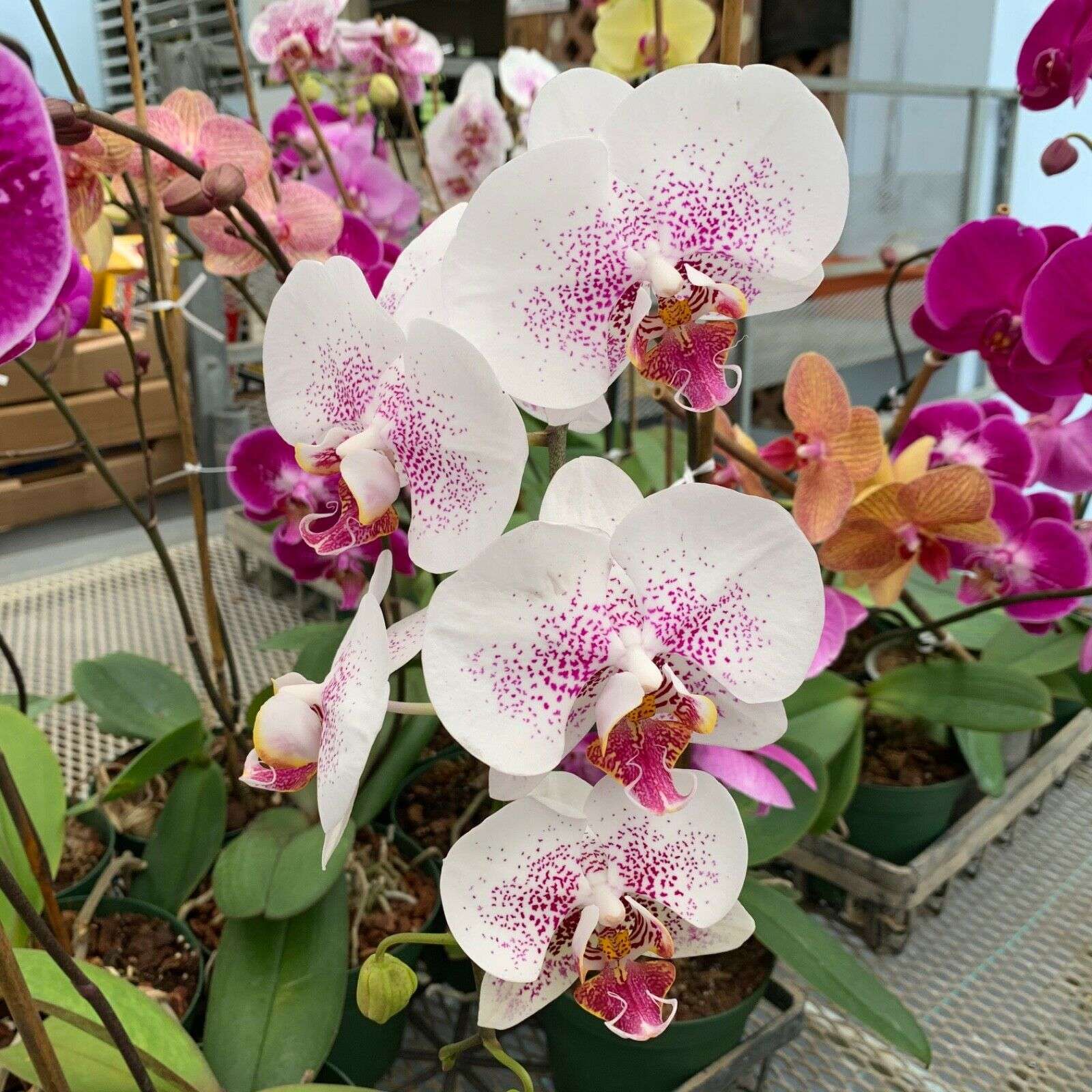
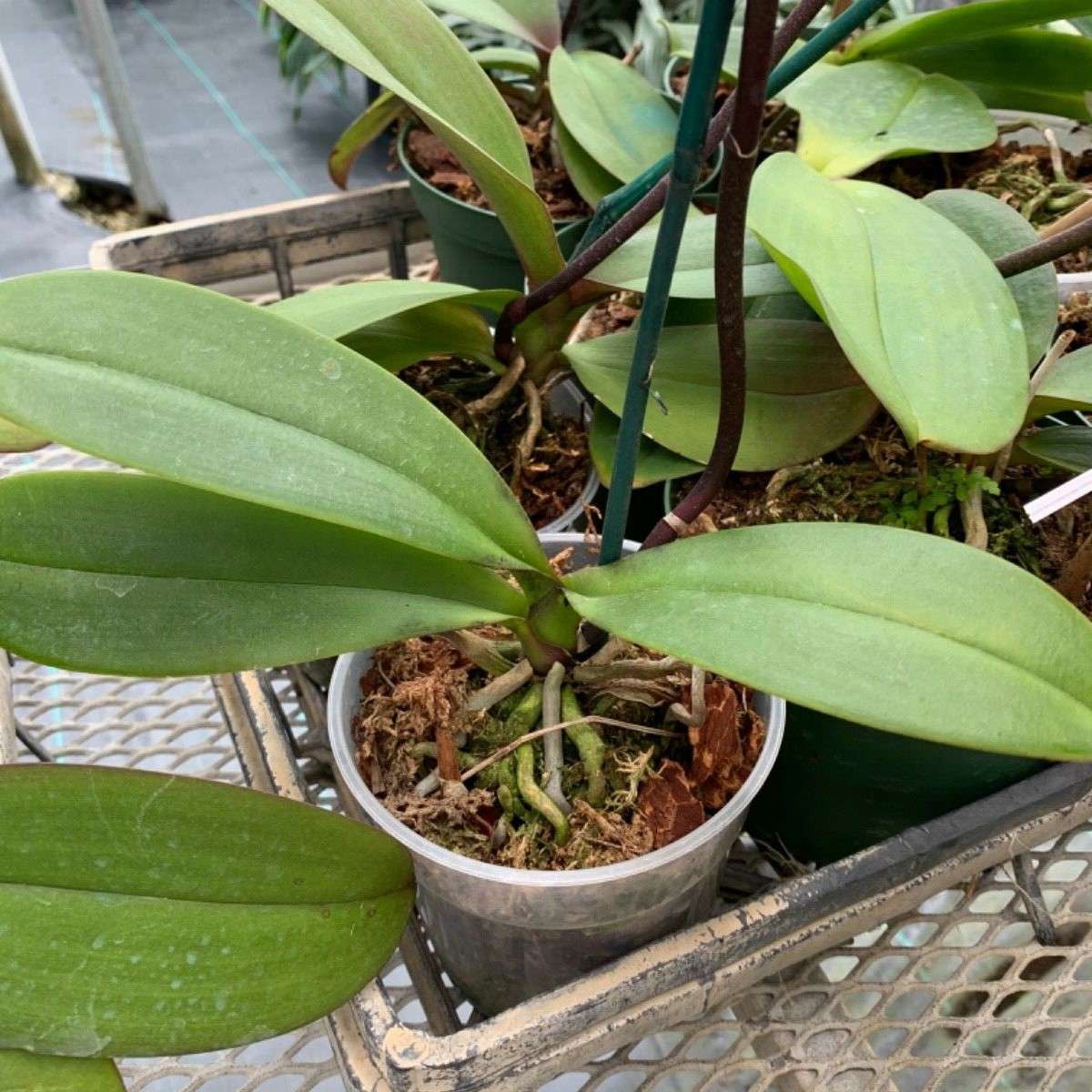
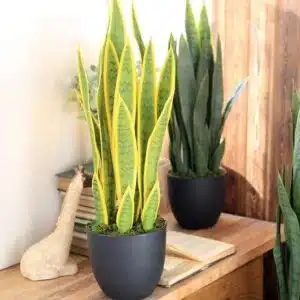
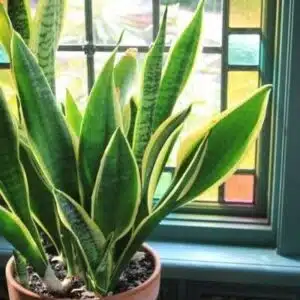
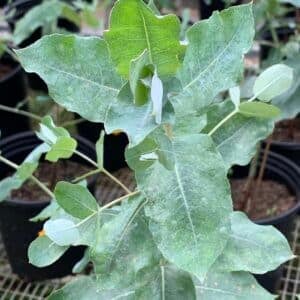
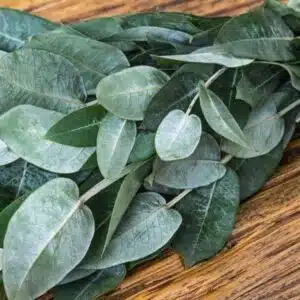
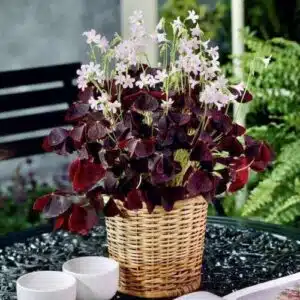

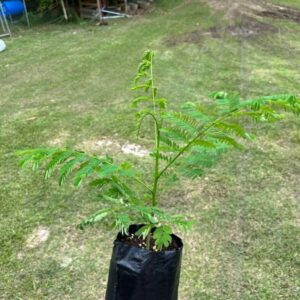
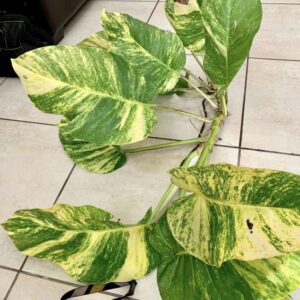
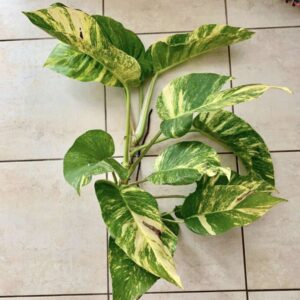




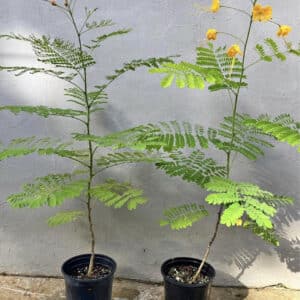
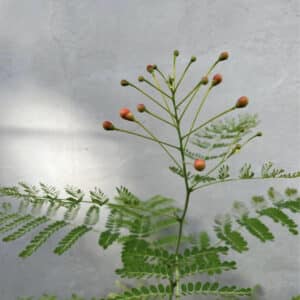
Reviews
There are no reviews yet.